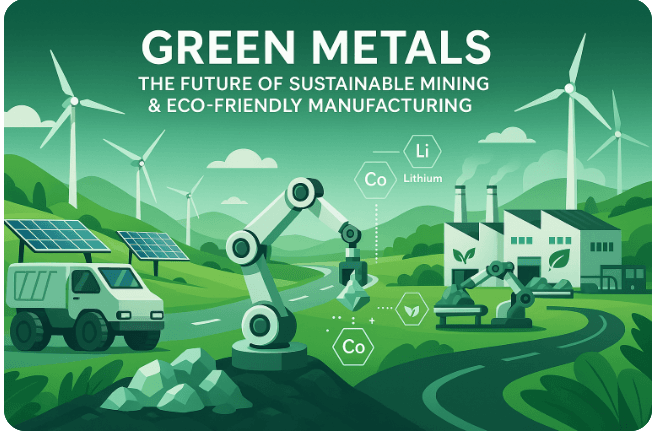Introduction: The Growing Need for Earthquake-Resistant Architecture
The Rising Threat of Earthquakes
Earthquakes are among the most devastating natural disasters, occurring with increasing frequency and severity due to shifting tectonic plates. According to the United States Geological Survey (USGS), approximately 500,000 earthquakes occur worldwide each year, with around 100,000 strong enough to be felt and over 1,500 causing significant damage. Regions along the Pacific Ring of Fire, including Japan, California, and Indonesia, experience some of the most intense seismic activity.
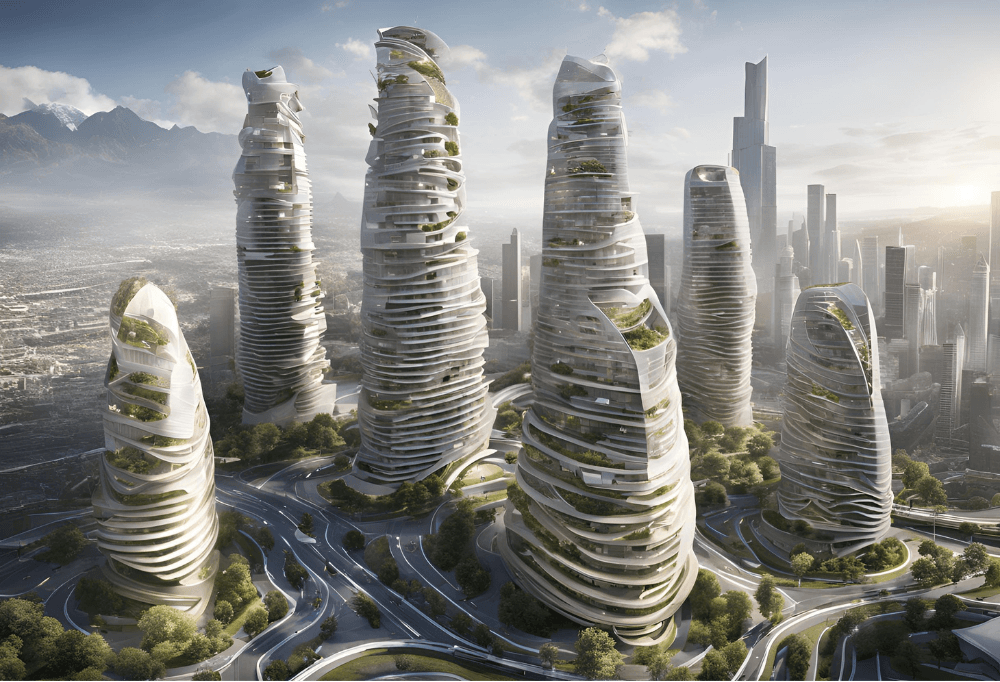
The Cost of Unpreparedness
The failure to construct earthquake architecture with resilient designs has led to catastrophic consequences. The 2015 Nepal earthquake resulted in nearly 9,000 fatalities and over $10 billion in damages, while the 2023 Turkey-Syria earthquake caused widespread structural collapses, claiming tens of thousands of lives. These tragedies highlight the dire need for architecture for earthquakes that can withstand extreme seismic forces. Without proper planning, societies face not only economic devastation but also loss of life on an enormous scale.
Architectural Responsibility
The responsibility of mitigating earthquake damage falls on engineers, architects, and urban planners. In seismic zones, modern building codes mandate the integration of seismic-resistant buildings, utilizing advanced materials and innovative structural designs. Urban development must also account for emergency preparedness, retrofitting older structures, and improving zoning laws to reduce vulnerabilities.
Understanding Earthquake Forces and Their Impact on Buildings
How Earthquakes Generate Destructive Forces
Seismic Waves and Ground Motion
When an earthquake occurs, energy is released in the form of seismic waves, which travel through the Earth and impact structures differently:
- P-waves (Primary waves): The fastest seismic waves, moving in a push-pull motion that compresses and expands materials.
- S-waves (Secondary waves): Move perpendicular to their direction of travel, creating more damaging side-to-side shaking.
- Surface waves: The most destructive type, causing rolling ground motion that destabilizes buildings.
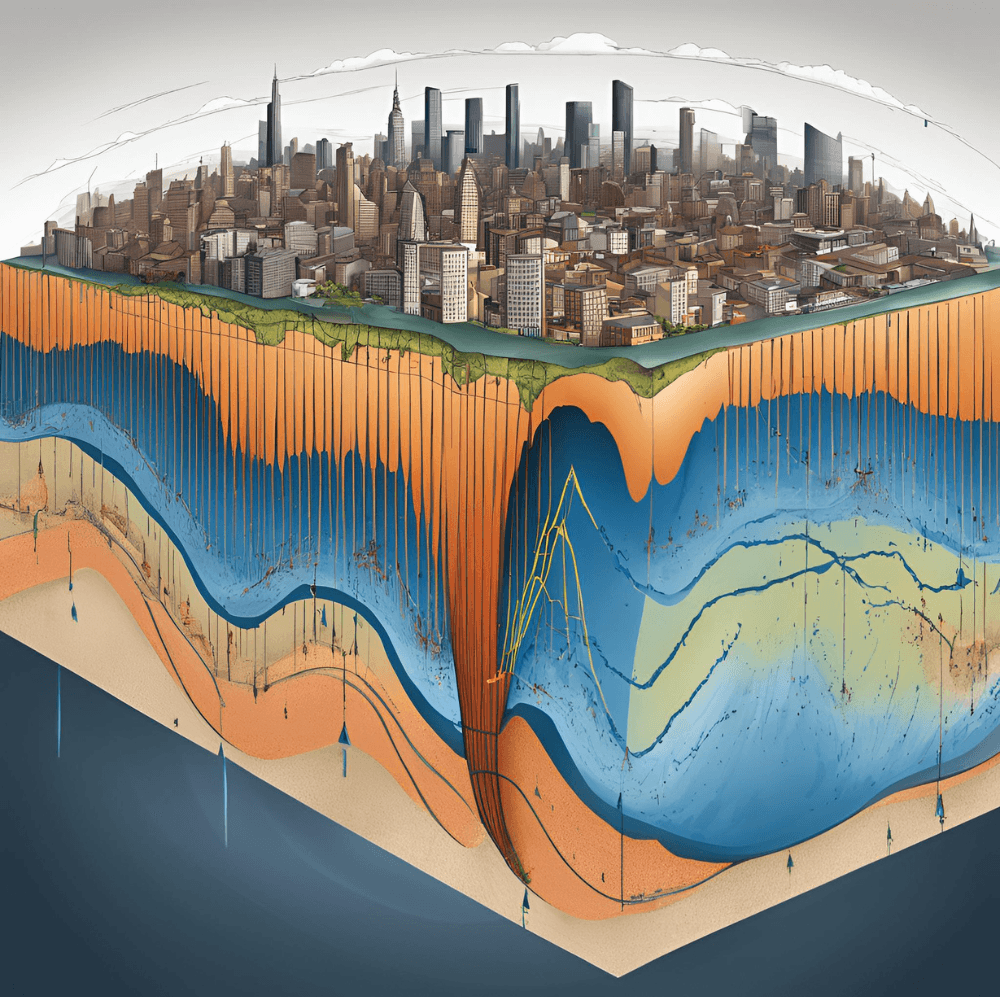
Liquefaction and Soil Failure
In some areas, earthquakes trigger liquefaction—a phenomenon where saturated soil loses its strength and behaves like a liquid. This leads to foundation failure, causing anti-earthquake buildings to tilt or collapse. Poorly compacted soils, particularly in coastal and riverbed regions, are highly susceptible to this effect.
Resonance Effects
A building’s natural frequency plays a critical role in its earthquake resilience. When seismic waves match the resonance frequency of a structure, vibrations amplify, leading to total collapse. For example, mid-rise buildings (5-15 stories) are particularly vulnerable to earthquake frequencies between 1-2 Hz.
Why Conventional Buildings Fail During Earthquakes
Material Limitations
Traditional construction materials vary in their ability to withstand seismic stress:
- Concrete: Strong in compression but brittle in tension, leading to cracks and failures if not reinforced properly.
- Steel: Highly ductile, making it the preferred choice for earthquake-resistant materials in high-rise structures.
- Timber: Lightweight and flexible, performing well in seismic-prone regions if properly joined and reinforced.
Structural Vulnerabilities
Older buildings and poorly designed structures collapse due to several weaknesses:
- Weak joints: Inadequate reinforcement leads to joint failure at beam-column intersections.
- Poor foundation design: Shallow or unstable foundations contribute to catastrophic collapse.
- Non-ductile materials: Rigid materials, such as unreinforced masonry, crumble under seismic stress.
Examples of Past Disasters
Historical earthquakes reveal recurring patterns of structural failure:
- Nepal (2015): Many traditional brick and mortar structures collapsed due to a lack of reinforcement.
- Turkey-Syria (2023): Thousands of buildings crumbled due to non-compliance with seismic codes and poor construction practices.
By learning from these disasters, advancements in earthquake architecture and seismic-resistant buildings continue to evolve, paving the way for a safer, more resilient future.
Lessons from Traditional Earthquake-Resistant Architecture
Himalayan Architecture: Adapting to Seismic Threats
Flexible Timber Frames
In the Himalayan region, traditional structures incorporate Himalayan architecture techniques that have stood the test of time. One key feature is the use of flexible timber frames, which can absorb seismic shocks and dissipate energy, preventing structural collapse. Timber’s natural elasticity allows buildings to sway rather than break under earthquake stress.

Interlocking Stone and Mud-Brick Walls
Another earthquake-resistant technique in traditional earthquake-resistant architecture involves interlocking stone and mud-brick walls. These structures are built with precisely cut stones that fit together without mortar, allowing the walls to shift slightly during earthquakes without collapsing. This dry-stone construction technique has been used for centuries in seismic regions, such as Ladakh and Nepal.
Indigenous Earthquake-Resistant Designs from Around the World
Japanese Pagodas: Multi-Tiered Stability
Japanese pagodas are among the most earthquake-resistant structures, surviving centuries of seismic activity. Their multi-tiered structures incorporate a central wooden column, known as the shinbashira, which acts as a stabilizer, allowing each tier to move independently and absorb seismic energy.

Peruvian Inca Stonework: Precision-Fit Masonry
The Incas mastered earthquake-proof construction techniques through their precision-cut stone masonry (Peruvian Inca Stonework). Buildings in Machu Picchu and Cusco feature massive stones that fit together without mortar, allowing flexibility during seismic activity. These structures have withstood powerful earthquakes for centuries without significant damage.
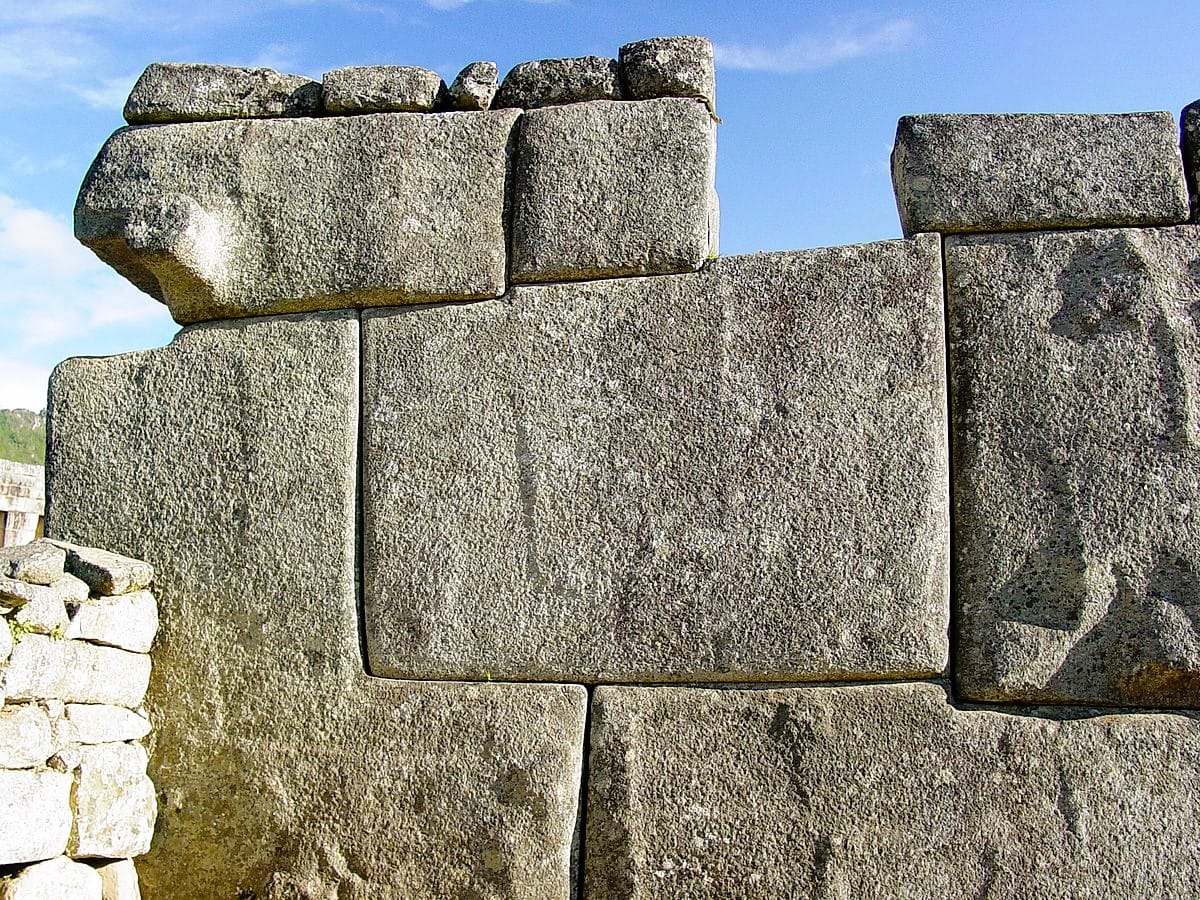
Nepalese and Andean Construction Techniques
Both Nepalese and Andean builders use advanced seismic-resistant methods, including:
- Layered construction: Using wood, brick, and mud to distribute seismic stress.
- Sloped walls: Slightly inclined walls improve stability by reducing the risk of collapse.
- Seismic bands: Horizontal wooden beams act as reinforcement layers, preventing structural failure.
Modern Innovations in Earthquake Architecture
Engineering the Future: Key Technologies in Seismic-Resistant Design
Base Isolation Technology
Base isolation technology is one of the most effective earthquake mitigation strategies. It involves placing elastomeric bearings between a building’s foundation and its structure to absorb seismic energy, allowing the building to move independently of ground motion. Examples include:
- Tokyo Skytree (Japan): Uses a central reinforced concrete pillar combined with base isolation to withstand strong earthquakes.
- Taipei 101 (Taiwan): Employs a hybrid base isolation system, enhancing its seismic resistance.
Tuned Mass Dampers (TMDs) in Skyscrapers
A tuned mass damper (TMD) is a counterweight system that reduces building sway during earthquakes. It consists of a massive suspended weight that moves in opposition to seismic forces, stabilizing the structure. Examples include:
- Shanghai Tower (China): Utilizes a 1,000-ton TMD to reduce seismic vibrations.
- Citicorp Center (New York): Features an innovative TMD that enhances earthquake resilience.
Smart Materials for Seismic Resistance
Advancements in earthquake-resistant materials include:
- Shape-memory alloys: Metals that return to their original shape after deformation, reducing structural damage.
- Graphene and carbon fiber reinforcements: Ultra-lightweight yet strong materials that enhance building flexibility and strength.
By integrating anti-seismic structures and anti-earthquake building technologies, modern architecture continues to push the boundaries of earthquake resilience, ensuring safer urban environments.
The Role of AI and Robotics in Earthquake-Proof Construction
AI-driven Structural Analysis: Predicting Stress Points in Buildings Before Earthquakes
Artificial Intelligence (AI) is revolutionizing earthquake architecture by enabling predictive structural analysis, a crucial advancement in designing anti-seismic structures. Traditional methods of assessing a building’s vulnerability to earthquakes involve manual inspection and retrospective analysis after damage occurs. However, AI can simulate how a structure responds to seismic activity before the earthquake even happens. By analyzing a building’s design, materials, and external environmental factors, AI algorithms can predict stress points where structural failure is likely to occur. This predictive modeling allows architects and engineers to fortify these weak spots in advance, ensuring that seismic-resistant buildings are better equipped to withstand the unpredictable forces of an earthquake.
The integration of AI in earthquake-proof construction is not limited to prediction alone. With the ability to continuously monitor a building’s health through sensors, AI can detect minute changes in stress or strain that may indicate early warning signs of structural failure. These AI systems can instantly alert building management systems or residents, providing critical time for evacuation or mitigation actions. As AI continues to advance, its role in earthquake-resistant construction will become indispensable, ensuring safer, more resilient buildings in seismic zones.
Drones for Post-Earthquake Damage Assessment: Speeding Up Rescue and Recovery
In the aftermath of an earthquake, time is a crucial factor in saving lives and preventing further destruction. Drones have emerged as a key technology in earthquake architecture, particularly in post-earthquake damage assessment. These aerial robots can quickly and efficiently survey earthquake-resistant materials and structures in inaccessible or dangerous areas, providing real-time data to rescue teams. Drones equipped with high-resolution cameras and thermal sensors can identify structural damage, gas leaks, and fire hazards, facilitating faster decision-making.
This integration of drones into disaster recovery operations is transforming the way rescue teams operate, allowing them to focus resources where they are most needed and significantly reducing the time required for damage assessment. Furthermore, drones can help assess the integrity of anti-seismic structures in hard-hit areas, ensuring that recovery efforts prioritize buildings that remain intact and can be safely used.
3D-Printed Earthquake-Resistant Buildings: Innovations in Rapid, Cost-Effective Construction
3D printing technology is playing an increasingly prominent role in the field of earthquake-proof construction, offering innovative solutions to build seismic-resistant buildings quickly and affordably. Using durable, flexible materials that are specifically designed to absorb shock, 3D printing enables the construction of buildings that are not only resilient to earthquakes but also cost-effective and rapid to build.
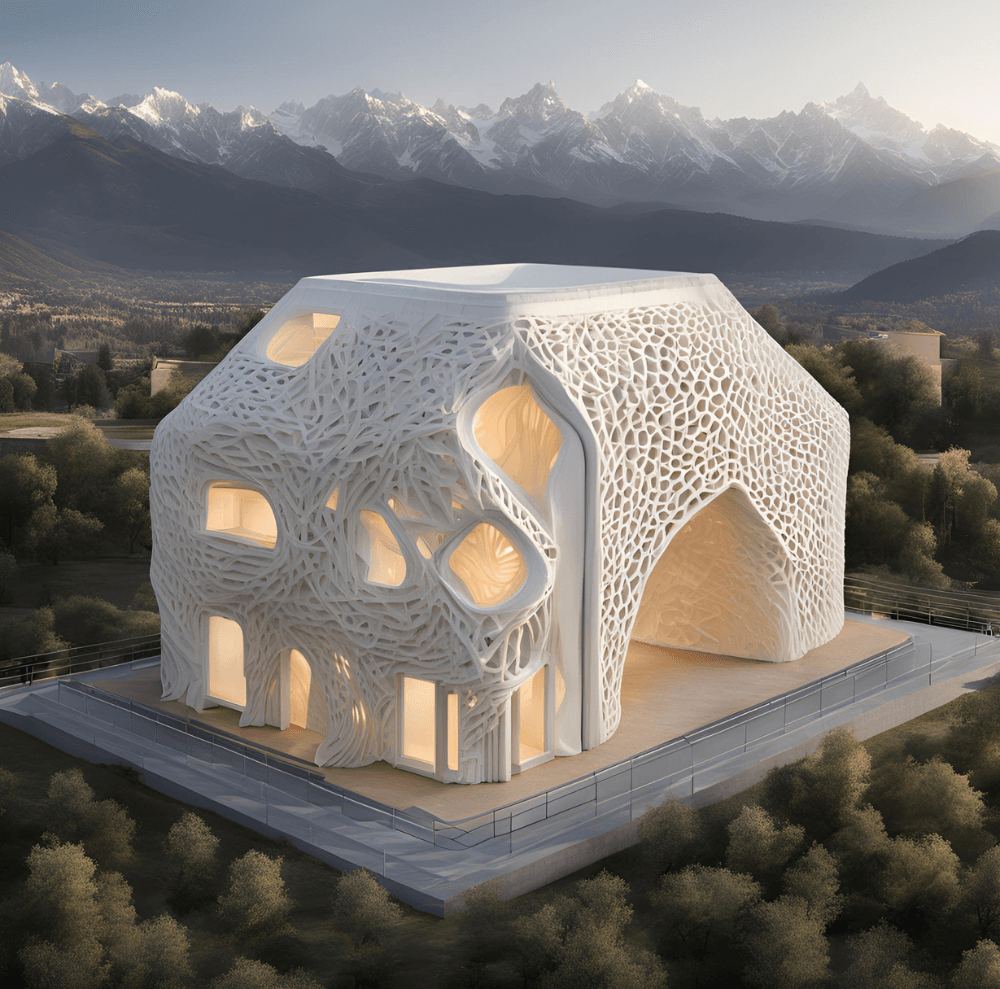
These printed buildings often employ unique structural designs that enhance flexibility and minimize the risk of collapse during seismic events. The precision of 3D printing allows for more efficient use of materials, reducing waste and lowering costs. Furthermore, earthquake-resistant materials used in 3D printing can be optimized for flexibility, making these structures ideal for earthquake-prone regions. As 3D printing technology continues to evolve, it holds the potential to revolutionize the way earthquake-resistant buildings are constructed, combining speed, affordability, and durability in ways never seen before.
Sustainable Earthquake-Resistant Architecture
The Future of Green Seismic-Resistant Construction
Bamboo-based Earthquake-Proof Homes: Strength, Flexibility, and Sustainability
Bamboo has long been recognized for its strength and flexibility, making it a popular material in earthquake architecture. It’s lightweight, renewable, and offers natural shock absorption, which helps buildings withstand seismic forces. In earthquake-prone areas, bamboo-based homes are an increasingly popular choice for anti-earthquake buildings, especially due to their eco-friendly properties. The combination of bamboo’s strength and flexibility allows homes to sway during an earthquake rather than collapse, providing a natural resilience that is vital in disaster zones.
This sustainable material not only addresses earthquake resistance but also offers an environmentally friendly alternative to conventional construction materials. Bamboo homes contribute to lowering carbon footprints, making them an excellent solution for earthquake-proof construction techniques in regions seeking to build green and resilient communities.
Recycled Concrete with Flexible Additives: Innovations in Eco-Friendly Seismic Structures
Another breakthrough in green seismic-resistant buildings is the use of recycled concrete mixed with flexible additives. Traditional concrete, though strong, is often rigid and brittle under seismic stress, which can lead to catastrophic failures. However, by incorporating recycled materials and adding flexibility-enhancing agents, concrete becomes more adaptable to ground movements during an earthquake. This innovative approach not only promotes sustainability by reducing waste but also enhances the earthquake resilience of buildings in seismic zones.
The use of earthquake-resistant materials such as this flexible concrete ensures that buildings remain intact during seismic events while reducing the environmental impact of construction. This trend is gaining traction in the construction industry as it aligns with global sustainability goals.
Energy-Efficient Anti-Seismic Designs: Combining Earthquake Resistance with Green Building Standards
The future of earthquake-proof construction techniques lies in creating energy-efficient, environmentally sustainable buildings that can withstand the forces of nature. Modern anti-seismic designs are now incorporating green building standards, such as passive heating and cooling, rainwater harvesting, and solar panels, alongside earthquake resistance. These combined solutions create buildings that are not only earthquake-resistant but also energy-efficient, making them ideal for reducing environmental impacts and operating costs.
These earthquake-resistant buildings are designed to minimize energy consumption while enhancing structural integrity. By incorporating both seismic and environmental resilience into a single design, architects can create buildings that protect inhabitants from both natural disasters and rising energy costs, contributing to a more sustainable urban future.
Policy and Global Standards for Safer Cities
Building Codes for Seismic Zones: Comparing Japan, the U.S., and Earthquake-Prone Regions
Across the globe, earthquake-prone regions have developed building codes designed to safeguard lives and properties from the devastating effects of seismic events. In countries like Japan, known for its advanced earthquake architecture, the building codes are among the strictest in the world. These regulations require buildings to be designed and constructed with anti-earthquake building principles in mind, using flexible materials and seismic isolators that can dissipate energy and prevent collapse.
The U.S. also follows rigorous seismic codes, particularly in California, where earthquake-proof construction techniques are a legal requirement for new buildings. However, the standards vary between regions, and not all earthquake-prone areas have the same level of protection. This disparity highlights the need for international collaboration and the sharing of best practices to enhance global seismic resilience.
Challenges in Developing Nations: Bridging the Gap in Earthquake Safety Regulations
While advanced countries have robust seismic regulations, many developing nations struggle to enforce proper earthquake-resistant building standards. Economic limitations, lack of technical expertise, and insufficient enforcement mechanisms often result in buildings that are vulnerable to seismic activity. Bridging this gap requires both financial investment and the dissemination of affordable, seismic-resistant materials that can be used in low-cost housing projects. International organizations and governments must collaborate to provide support and expertise to these regions, ensuring that communities in developing nations are protected from earthquake-related disasters.
Conclusion: The Path Toward Safer, More Resilient Cities
As the global population grows and more people settle in earthquake-prone regions, the need for earthquake architecture and anti-earthquake building techniques is more critical than ever. Combining ancient knowledge of construction with modern innovation can provide the foundation for more resilient urban environments. By leveraging the wisdom of time-tested materials and methods alongside cutting-edge technologies like AI, robotics, and sustainable construction practices, cities can become safer places to live.
The widespread adoption of seismic-resistant buildings and earthquake-resistant materials is key to protecting both lives and properties in seismic zones. Governments, architects, and engineers must prioritize the implementation of these technologies, ensuring that earthquake-proof construction becomes the global standard. By fostering collaboration across disciplines and regions, we can create a future where cities are not only more sustainable but also more resilient to the natural forces that shape our world.
Related Articles You May Find Interesting
If you enjoyed learning about Innovations in Earthquake Architecture: A Seismic Future, you might also be interested in these articles:
- 10 Sustainable Building Materials – Discover innovative and eco-friendly materials that are revolutionizing the construction industry while reducing environmental impact.
- Recycled Concrete – Learn how recycled concrete is being used to create durable and sustainable structures, contributing to a greener future.
- The Han Dynasty Seismograph – Explore the fascinating history of seismic technology, from ancient inventions like the Han Dynasty seismograph to modern earthquake detection systems.
These articles provide deeper insights into sustainable construction, material innovation, and the historical advancements that have shaped earthquake-resistant architecture.


